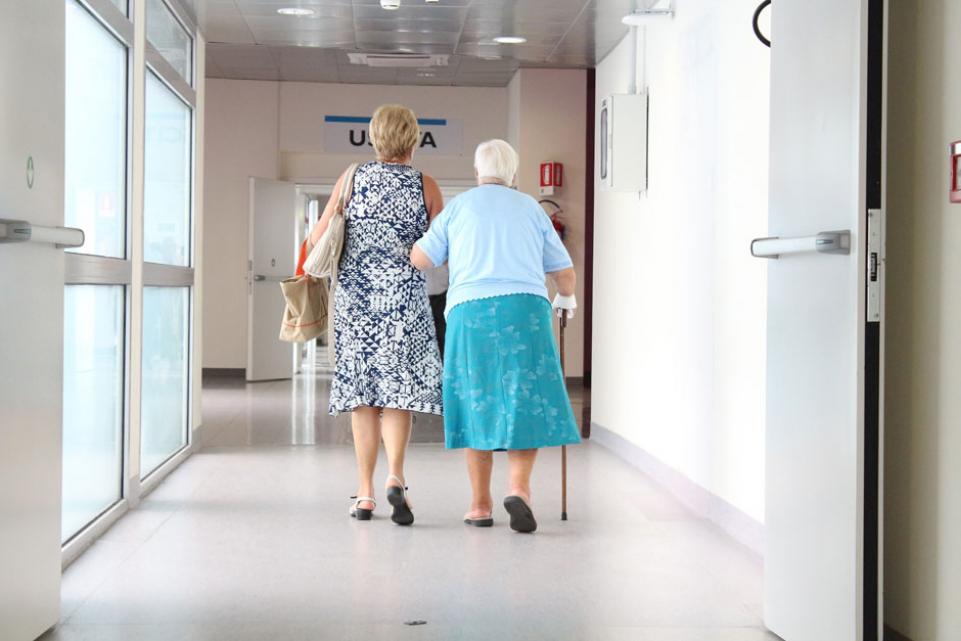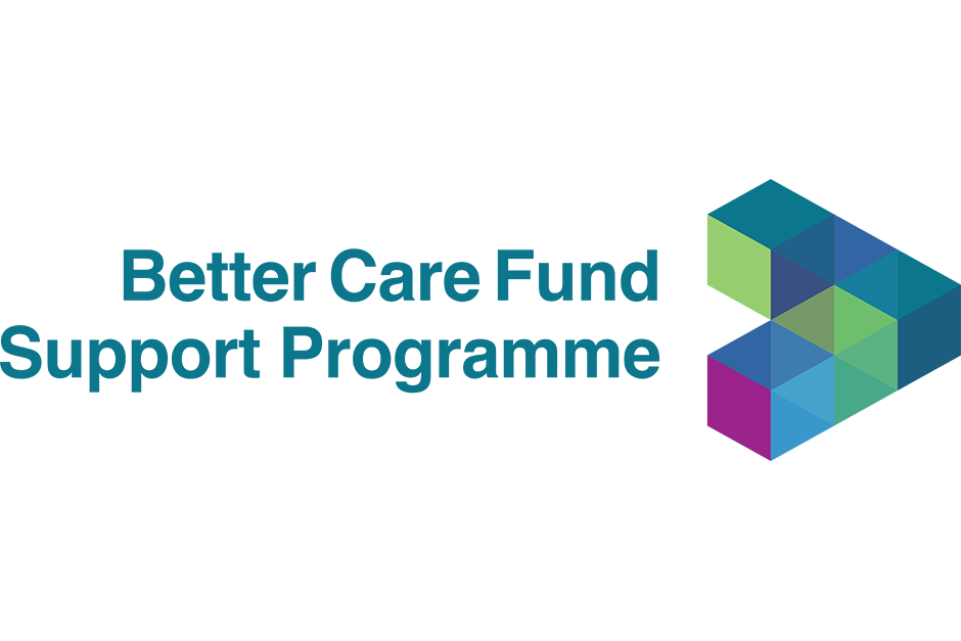Providing short-term care and re-ablement in people’s homes or using ‘step-down’ beds to bridge the gap between hospital and home means people no longer need to wait unnecessarily for assessments in hospital. In turn this reduces delayed discharges and improves patient flow.
Some things that people have told us about what works and how to overcome the challenges
- investing in the first 24, 48, 72 hours with a strong focus on not wasting those hours
- concentrating on costs to the system, not provider versus commissioner or health versus social care costs
- establishing system-wide principles between partners and having a single narrative across the system about getting people home as a default option
- ensuring continuity of care co-ordination from admission through to discharge
- linking equipment planning to discharge planning, so that equipment is available at home on the day of discharge
- setting an ambition for percentage of continuing health care assessments to be completed outside the hospital
- working with consultants and therapists to build confidence and overcome risk aversion to discharge, using positive stories to achieve a hearts and minds culture change.
National guidance
- NHS England, quick guide to Discharging to Assess
- NHS England, quick guide to better use of care at home
- Liz Sargeant: Home First - The Revolution that truly blends health and social care
- Health Education England, Care Navigation: a competency framework
- Housing LIN, Hospital to home resource pack
Examples of local initiatives
Featured pages

High impact change model examples of emerging and developing practice
The model identifies eight system changes that will have the greatest impact on reducing delayed discharge.

Better Care Fund Support Programme 2023-25
Commissioned by the Department of Health and Social Care (DHSC) and free to local systems, we provide a range of support approaches to local health and social care systems to improve how they commission and deliver health and care services which is integrated, effective and sustainable.

